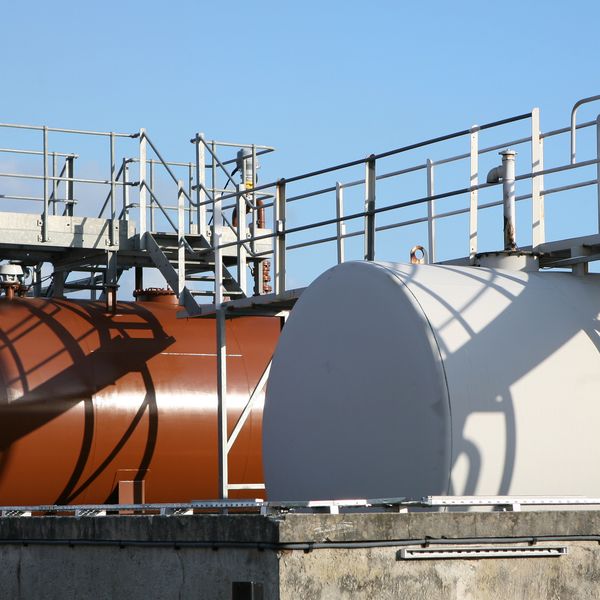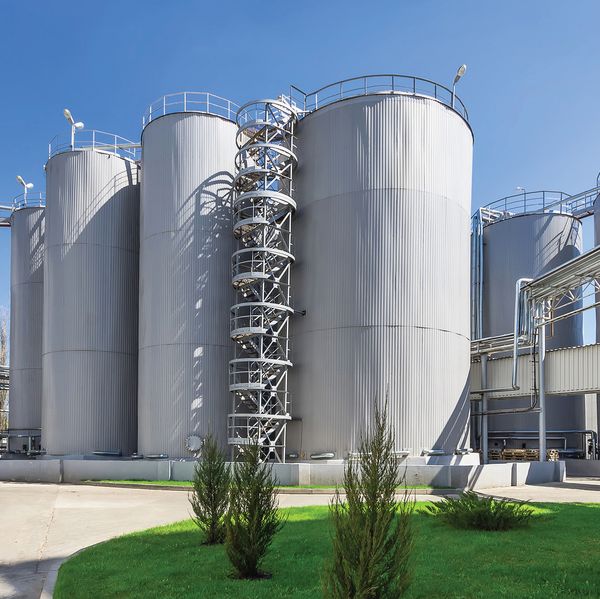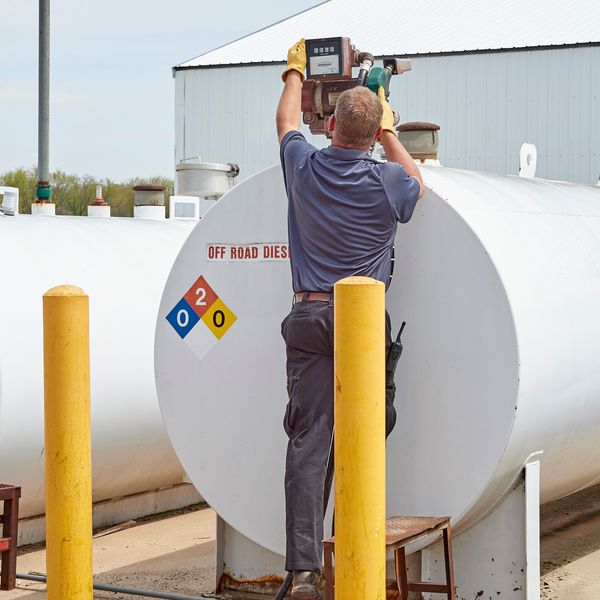EPA alert clamps down on oil storage tank overfills
Are your aboveground storage tanks (ASTs) engineered to avoid overfills during oil transfers? EPA issued a technical alert to highlight the importance of overfill prevention measures. Having these systems is not enough, though. They must be properly designed, operated, maintained, and inspected.
The 13-page alert (EPA 540-S-24-001) aims at owners and operators of “substantial harm oil storage facilities.” These facilities are often covered by 40 CFR 112, including both the oil Spill Prevention, Control, and Countermeasure (SPCC) regulations and oil Facility Response Plan (FRP) regulations.
Implementing overfill prevention is mandated by part 112. That’s because these critical systems alert you to potential container overfills. Overfills are often the cause of oil discharges.
Overfill dangers
Overfills of large ASTs during high-volume oil transfers have led to:
- Discharges of oil to the land, air, and waterways;
- Fires and explosions;
- Injuries; and
- Damage to nearby tanks, facilities, and communities.
The alert showcases two headline-making incidents to illustrate the danger:
- October 2009 — A 5-million-gallon AST overflowed during a routine gasoline transfer operation from a marine tanker vessel to an onshore tank farm. The aerosolized gasoline spray created a vapor cloud that ignited. This resulted in a massive explosion. The automated overfill prevention system was not operable. Other factors like open dike drain valves and inadequate nighttime lighting contributed to the extent of the incident.
- December 2005 — An AST overfilled at an oil storage depot. This created a vapor cloud that ignited. A subsequent explosion caused multiple tank fires and loss of containment. It also damaged 22 ASTs and neighboring properties and injured 43 people. The overfill prevention mechanisms were not operable.
Overfills are preventable
Overfills can happen, but they are preventable! The alert explains that overfill prevention systems commonly used at facilities monitor liquid levels in tanks. These prevention systems include:
- Audible or visual high-liquid-level alarms,
- Automatic high-liquid-level pump shutoff devices,
- Gauges with attendants, and
- Direct communication procedures during product transfers.
The trouble is, when these systems fail, overfills can still occur. Therefore, it’s critical to also take other measures. Adequate system maintenance, inspection, implementation, nighttime security lighting, training, and procedures are examples.
So, oil discharges to the environment and waterways may be prevented and/or minimized with the help of overfill prevention systems. At the same time, however, owners and operators need to implement:
- Standardized oil handling and transfer procedures,
- Proper operation and maintenance of dike drainage valves,
- Routine inspection and testing procedures, and
- Security lighting that’s maintained.
More information in the alert
EPA’s technical alert addresses adequately designed, implemented, and maintained overfill prevention systems. The alert explores:
- EPA’s regulations,
- Historical overfill incidents,
- Regulatory requirements,
- Associated standards and practices, and
- Technical considerations to lower risks.
Thirteen references and their links are included. Two worth noting are:
- EPA’s 2013 SPCC Guidance for Regional Inspectors — While this guidance document is for EPA inspectors, facility owners and operators may gain insights into 40 CFR 112 by reviewing it.
- Chemical Safety and Hazard Investigation Board’s 2015 investigation report of a petroleum tank terminal explosion and multiple tank fires — This report goes into detail about an incident in Puerto Rico and its root causes. It also recommends that OSHA and EPA strengthen their regulations related to overfill prevention systems.
If you have an SPCC- and/or FRP-regulated facility, EPA urges you to review the alert. You should also consider whether more action is needed to address these requirements at your oil storage facility.
Key to remember
EPA issued a technical alert to highlight the importance of overfill prevention measures. The agency says they must be properly designed, operated, maintained, and inspected.


















































